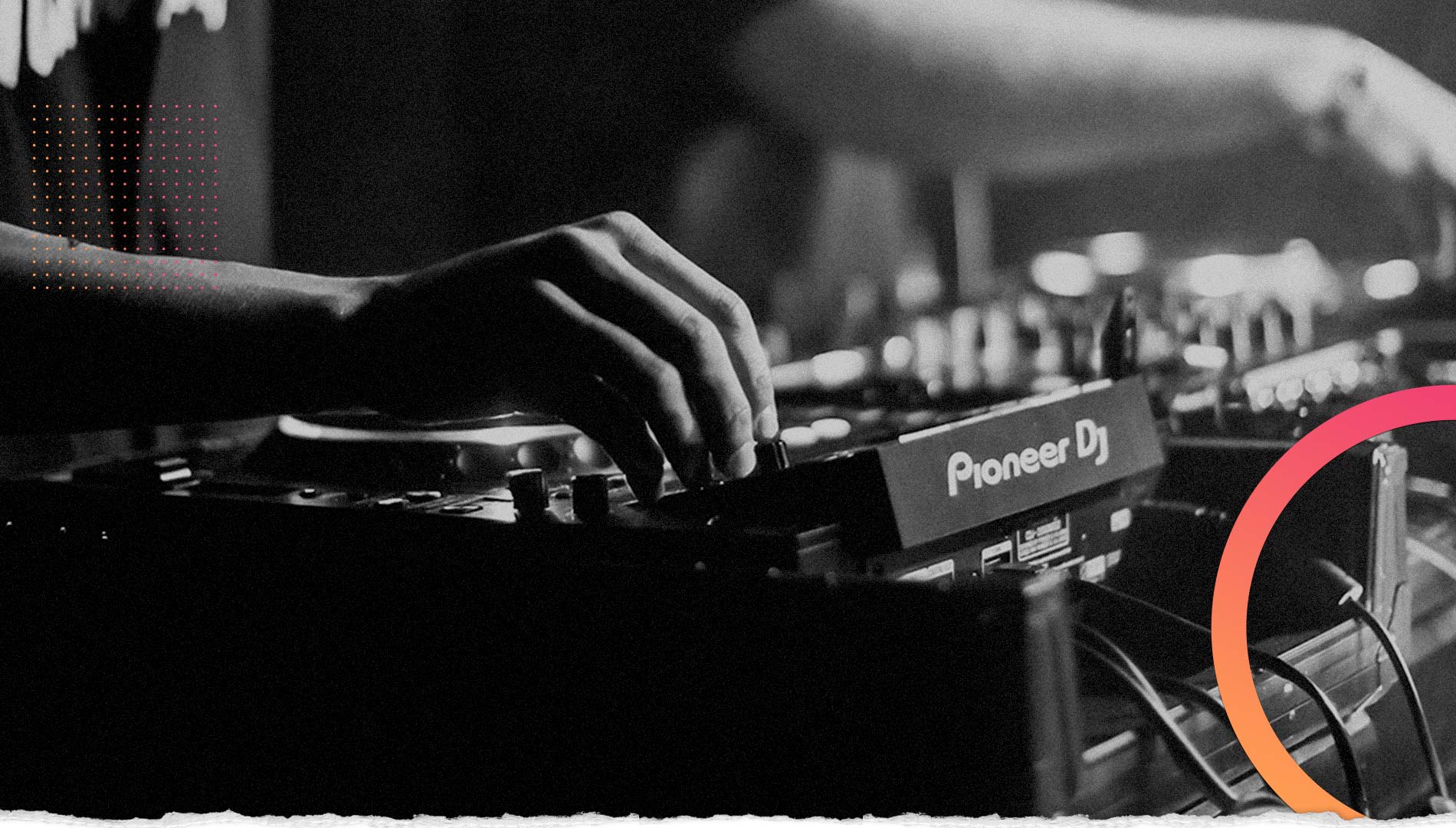Listeners:
Top listeners:
-
 play_arrow
play_arrow
Electromusic FM RADIO ONLINE 24/7
-
 play_arrow
play_arrow
London Calling Podcast Yana Bolder
LETTER FROM RIO DE JANEIRO
On a Friday evening in late July, a tropical downpour soaked Rio de Janeiro. It was not enough to deter the small crowd of revelers as they gathered around the entrance of Beco do Rato (“rat’s alley”), a renowned samba club in the Lapa neighborhood. The owners had had the faces of Brazil’s most famous musical genre’s gods painted on the walls: Noel Rosa, Pixinguinha, Donga, Ubirany, Cartola, Moacyr Luz and Aldir Blanc – all men.
However, on stage, both on vocals and playing the guitar, the surdo (a drum), the cavaquinho (a string instrument) and the agogo (a bell), there were only women. The whole venue swayed and buzzed with delight, as the audience sang out their favorite hits at the top of their voices. Among them were the Daughters of Oyá, a tribute to an African-Brazilian deity, a fearsome warrior queen, sovereign of lightning and storms. They are a symbol of resistance – and a challenge to the male musicians whose smiles line the walls.
“Our music is an act of political resistance against misogyny,” said Silvia Duffrayer, Barbara Guimaraes and Cecilia Cruz, the three 30-somethings who founded the all-female group Samba Que Elas Querem (“The Samba They Want”). “We’re fed up with being reduced to sexualized objects! We want to show that we are professional musicians, on an equal footing with men,” they said in unison.
The approach is anything but obvious because in Brazil, samba was for a long time an art reserved for men (in Portuguese, the word itself, o samba, is written symbolically in the masculine). “When we founded the group in 2017, we were met with a whole bunch of contemptuous comments, like ‘we’re going to come and see you because you’re pretty, even if you’re not very talented,'” said Cruz.
Crude and sometimes violent misogyny
Originally, however, women played a predominant role in samba. The musical style originated at the end of the 19th century in Rio, in the port areas of Saúde, Gamboa and Santo Cristo, home to former slaves from the Nordeste. These communities were dominated by the tias baianas (“Bahian aunts”), real matriarchs and ialorixás (priestesses) of African-based religions who organized large celebrations in their homes, at the bottom of their gardens: the renowned quintal.
“They are the ones who invented samba. Baianas composed the melody, played all the instruments, sang and led the groups,” explained Leonardo Bruno, author of the 2021 book Canto de Rainhas (“Chant of Queens”), devoted to the role of women in samba. The best-known was Tia Ciata, born in 1854, who danced the miudinho (“feet together”) to perfection and brought together famed musicians such as Pixinguinha, Donga, Joao da Baiana and Sinhô.
You have 60.07% of this article left to read. The rest is for subscribers only.
Written by: Soft FM Radio Staff
Brazil music reclaiming samba women
Similar posts
Electro Music Newsletter
Don't miss a beat
Sign up for the latest electronic news and special deals
EMAIL ADDRESS*
By signing up, you understand and agree that your data will be collected and used subject to our Privacy Policy and Terms of Use.
Podcast episodes
 Invalid license, for more info click here
Invalid license, for more info click here
Copy rights Soft FM Radio.





